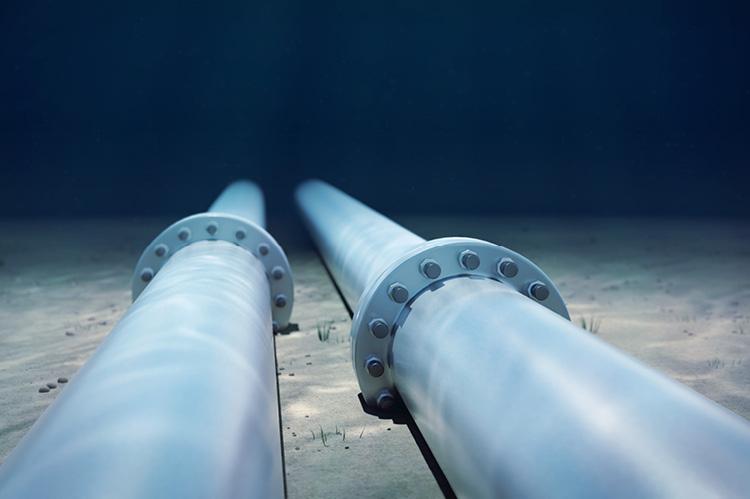Snam and Enagas Vetting the Feasibility of Underwater Gas Pipeline

Snam, a leading energy infrastructure company based in Milan, Italy and Enagas, Spain's energy provider, have teamed up to assess the viability of constructing an offshore gas pipeline between the two countries.
The announcement came in the wake of Russian president Vladimir Putin's invasion of neighboring Ukraine and the attendant shock waves rippling through the global energy industry. Up to now, Russia has been a major supplier of natural gas to Europe.
Linking Spain to Italy is significant, as Spain has the largest capacity (currently seven plants) for re-gasifying liquefied natural gas (LNG) in the European Union. And given the technical difficulty of building a pipeline on land through the Pyrenees, which form the border between Spain and France, Snam and Enagas would lay the pipeline under the Mediterranean Sea. "Being offshore, it's [the pipeline] easier to be deployed than on the ground", Stefano Venier, Snam's CEO said noting the feasibility study for the project should take three to four months.
Moreover, Vernier said, that "Snam is working to take the necessary steps to contribute to security and to support the diversification of Italy's energy supply." This includes the acquisition of two floating regasification vessels to process extra LNG supply.
The proposed pipeline between Spain and Italy is expected to have an annual capacity of up to 30 billion cubic metres.

